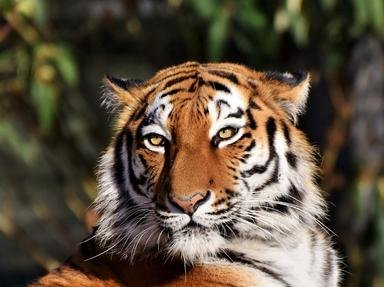Quiz Answer Key and Fun Facts
1. This beauty is the largest living cat species and a member of the genus Panthera. What is it called?
2. Which silky-haired blue eyed domestic cat breed was developed by Ann Baker?
3. The Puma concolor is native to the Americas and is known as the puma in Latin America and Europe. With a large head and erect ears, what type of big cat is this?
4. This controversial breed of domestic cat, with a short-leg causing genetic mutation, got its name from "The Wonderful Wizard of Oz." What is it called?
5. The mighty Panthera leo is native to Africa and India. Which big cat is this?
6. Which Northern European breed of domestic cat has a woolly undercoat and water-shedding hair?
7. The Acinonyx jubatus is the fastest land mammal, recorded to run faster than sixty miles per hour. What is this speedy big cat?
8. Developed by Nikki Horner, which breed of domestic short-haired cat has a sleek, black panther-like coat?
9. This predator is one of the smallest of the wild cats, weighing only up to three and a half pounds. The Prionailurus rubiginosus was listed Near Threatened in 2016. What is its common name?
10. Also known as the Russian hairless, this domestic cat breed started in 1987 with a discovery by Russian breeder Elena Kovaleva. What is this cat called?
Source: Author
ramonesrule
This quiz was reviewed by FunTrivia editor
rossian before going online.
Any errors found in FunTrivia content are routinely corrected through our feedback system.

